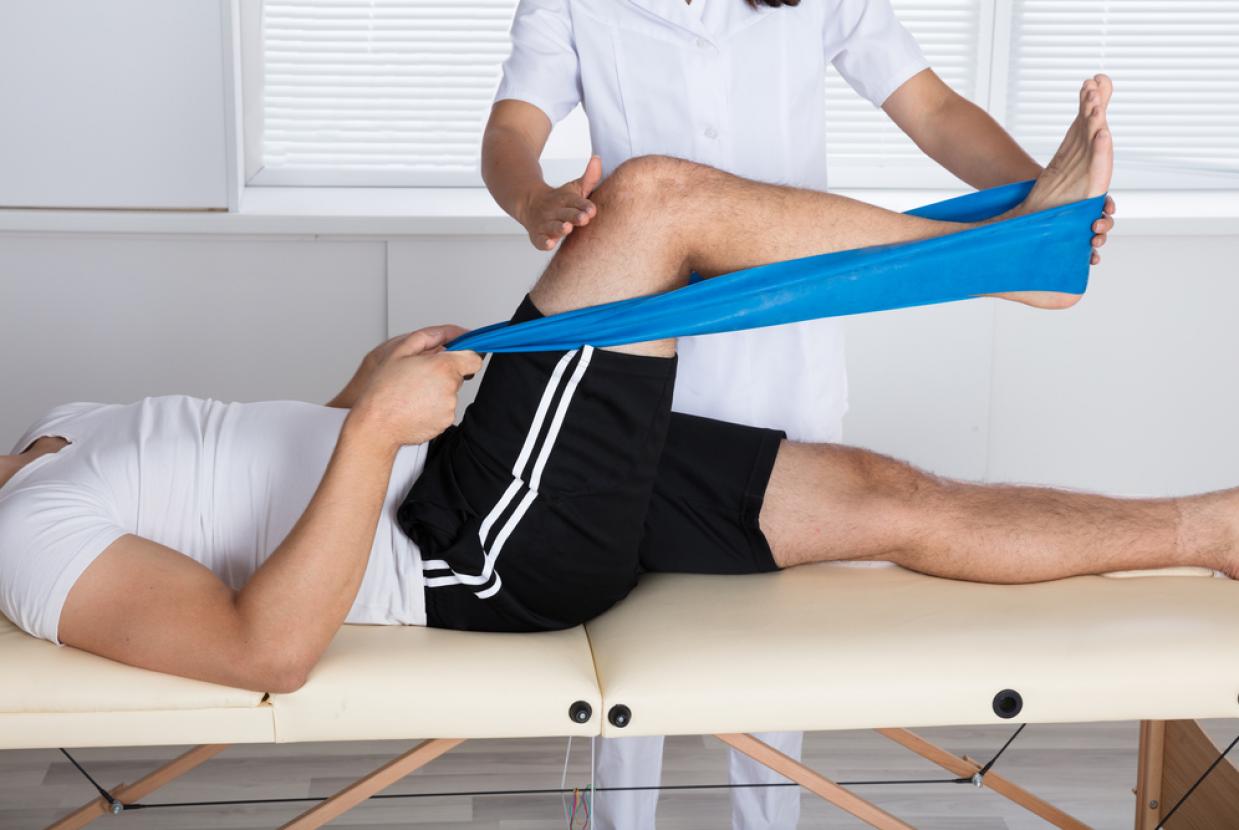Hand & Wrist Pain
Most cases of hand and wrist pain will not be a sign of a serious or long-term problem and will settle in a few days or weeks with some simple self-care you can do at home. There are several conditions that can cause pain or other symptoms in the hands and wrists, including types of arthritis.
When to see a doctor
Hand and wrist pain often gets better with things you can do at home. However, you’ll need to visit your GP surgery if:
- your pain isn’t getting better after treatment at home for two weeks
- the pain is getting worse
- the pain keeps returning
- the pain is stopping you from doing your everyday activities
- your hands are stiff and swollen, particularly in the mornings and these feelings don’t get better after half an hour
- as well as being swollen and stiff, your hands are warm and red
- you also feel generally unwell, especially if you have a high temperature
- you have ongoing tingling, numbness or weakness in the hands or fingers.
It’s important to get urgent medical attention, if:
- you think you’ve broken a bone
- you have extreme pain
- any part of your hand, wrist or fingers is a funny shape or colour
- you have lost the feeling of part or all of your hand
- there was a snap, grinding or popping noise when you injured your hand or wrist
- you can’t move your hand, wrist or fingers properly.
Managing symptoms
As long as you’re not in severe pain, and you don’t have any other symptoms that suggest you need medical attention, there are some simple steps you can take to ease most cases of hand and wrist pain.
Avoid tasks that make the pain worse
Try to avoid tasks that are causing the pain or making it worse. This may be anything that has a repetitive nature, such as using a screwdriver, painting or lifting heavy objects. You might be able to change the way you do some tasks to take the strain off your hands and wrists. Some conditions affecting the hand and wrist won’t get better until you stop doing certain tasks.
Drugs to reduce pain
These include painkillers such as paracetamol and non-steroidal anti-inflammatory drugs (NSAIDs), like ibuprofen. There are NSAID gels you can rub into your hand and wrist. Or, there are tablets you can swallow. Be careful not to take too much by combining gels and tablets, as both get into your blood stream. With any medication you should always read the information that comes with it, particularly about dosages. If you have any questions or concerns talk to a GP or pharmacist.
Ice and heat
Putting an ice pack on your hands and wrists can reduce swelling and ease pain. You could use a packet of frozen peas wrapped in a damp towel. Never put ice directly on your skin, as this can burn or irritate it. You can apply ice for up to 20 minutes several times a day.
If your hands are painful and stiff, applying heat could help. There are products such as wheat bags you can buy from chemists that you heat in a microwave. You might need to place a cloth or tea towel on your skin to avoid burning it. Putting your hand and wrist on a hot water bottle with the cover on, or having a warm bath or shower may also provide some relief. Moving your hand around in a bowl of warm water can be helpful and soothing. Don’t apply heat to your hand or wrist if it’s swollen or if you’ve just injured it, as this can make it worse.
Wax baths are another form of heat therapy that can relieve pain and stiffness. To get the most benefit it’s a good idea to use one before you exercise your hands. Ask your GP, a pharmacist or a hand therapist where you can buy one, and for advice on how to use them. Follow the instructions carefully, and make sure you don’t overheat the wax. You shouldn’t use these if you have cuts or open sores.
Switching between heat and ice therapy throughout the day may help. Ice reduces blood flow, which can help with pain and swelling. Heat increases blood flow, which can help if your hands are stiff and the muscles are tired. Heat can also help damaged soft tissue to heal.
Wearing splints
Wearing splints can provide support to the hand and wrist. Some can be used when you’re carrying out everyday activities and some are for when you’re sleeping and resting. A hand therapist, physiotherapist or occupational therapist can give you advice on whether a splint could help, which type would be good for you and how to use it properly.
Keeping your hands and wrists moving
Moving your hands, wrists and fingers as much as possible can help ease pain and stiffness. This will also maintain range of movement, function and strength. If you have carpal tunnel syndrome, talk to a physiotherapist, GP or hand therapist for specific advice on exercise.





























































